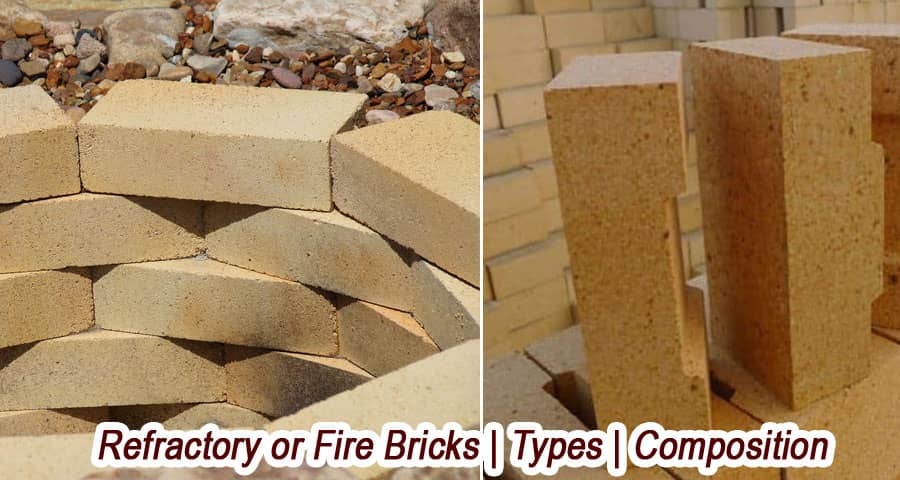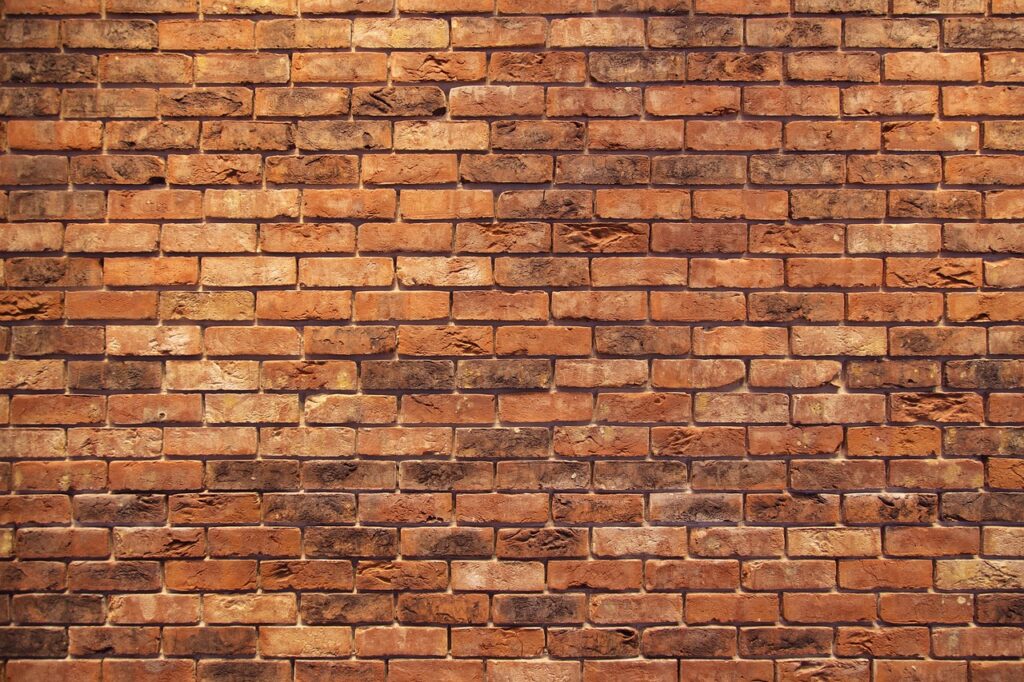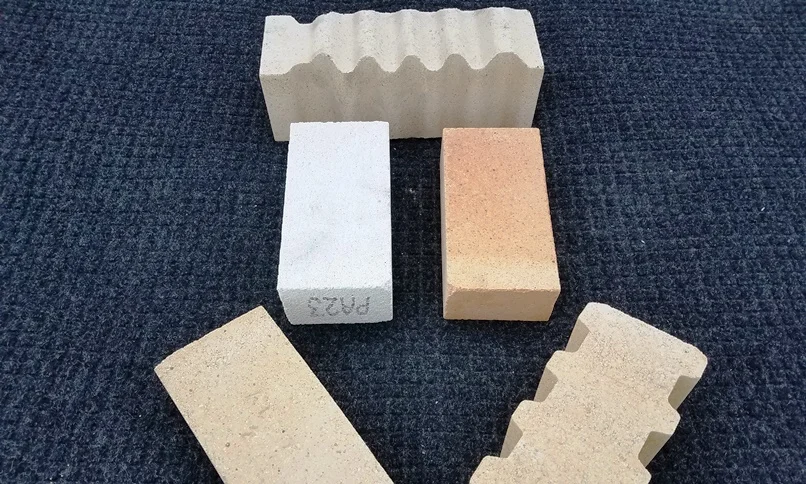Well, these refractory fire bricks, you know, they ain’t like them regular ol’ bricks you see in walls and such. These bricks here are made special—real tough and able to handle that super high heat without fallin’ apart. Regular bricks? Oh, they’d crumble or crack if you put ‘em in a furnace or fireplace where it’s scorchin’ hot. But these refractory bricks? They’re built to last in them kind of places.
What Exactly Are Refractory Fire Bricks?


Alright, so these fire bricks, or refractory bricks as some folks call ’em, are made of special stuff like alumina and silica. Those are fancy materials, but what they do is make sure the brick can handle the heat—think temperatures up to 1600 degrees Celsius! That’s hotter than any ol’ kitchen stove. You can use ‘em in things like furnaces, fireplaces, kilns, and fireboxes too. Anything that gets that hot, really.
Why Refractory Bricks Are Different
Now, one big difference with these fire bricks compared to them regular house bricks is the way they handle heat. These bricks got low thermal conductivity, which means they don’t let the heat move around too much. That way, they keep the warmth in just the right spot and don’t waste energy. That’s good, especially if you’re tryin’ to keep a fire goin’ in a furnace or a fireplace without losin’ too much heat.
Materials in Fire Bricks
Most of these fire bricks have a mix of alumina, silica, and some fireclay. Now, this fireclay stuff is mighty important. It’s what makes the brick so durable and heat resistant. They press and bake these things into all kinds of shapes and sizes to fit different setups. You got your standard rectangle ones, and then there’s all these special shapes for more particular needs.
Where You’d Use Refractory Fire Bricks


Let’s say you got a wood stove, or maybe a fireplace that needs to keep heat without riskin’ damage. Well, that’s exactly where you’d find refractory fire bricks. They’re also used in big, hot places like kilns where folks fire pottery and ceramics, or in commercial furnaces for factories. Even in them big ol’ pizza ovens where the heat’s blazin’ to make that nice crust, you’ll often find fire bricks lining the walls.
Types of Refractory Bricks
Now, there ain’t just one kind of fire brick out there. You got your basic fire clay bricks for moderate temperatures, and then some high alumina bricks for when it gets real hot. Each type is made for a certain heat level, so folks gotta pick the right one for their needs. Some bricks are even specialized to handle different chemicals in factories, where they don’t just have heat but also stuff like gases to deal with.
How to Care for Your Fire Bricks
One thing folks sometimes overlook is taking care of these bricks. Even though they’re tough as nails, you still gotta keep ‘em clean and check for cracks if they’re used a lot. Especially in fireplaces, sometimes ashes and soot can build up. Best to give ‘em a good scrub now and then. If they do get a bit cracked, there are special sealants to patch ‘em up so they last longer.
Advantages of Refractory Fire Bricks


- First up, they resist high temperatures without losing shape or strength.
- Second, these bricks help in maintaining energy efficiency by keeping heat where it should be.
- Also, they’re long-lasting and reliable, so you don’t have to replace ’em too often.
- Lastly, they come in all sorts of shapes, so they’re pretty adaptable for all kinds of high-heat areas.
Where to Get Quality Refractory Bricks
Plenty of places these days sell fire bricks, but you wanna make sure you get quality ones. Look for ones that mention high heat resistance, made with alumina and silica, and they oughta be thick enough to handle constant heat. Some folks like those from brands with a good reputation in heat-resistant products.
Conclusion
So, if you’re lookin’ to keep a furnace, kiln, or fireplace in tip-top shape, refractory fire bricks are what you’ll need. They’re a bit pricier than regular bricks, but it’s worth it for how they handle the heat without breaking down. And just remember, take care of ‘em, pick the right type, and they’ll keep that heat right where it’s supposed to be!
Tags:[refractory fire bricks, firebrick, heat resistant bricks, furnaces, fireplaces, high temperature bricks, fire clay]


